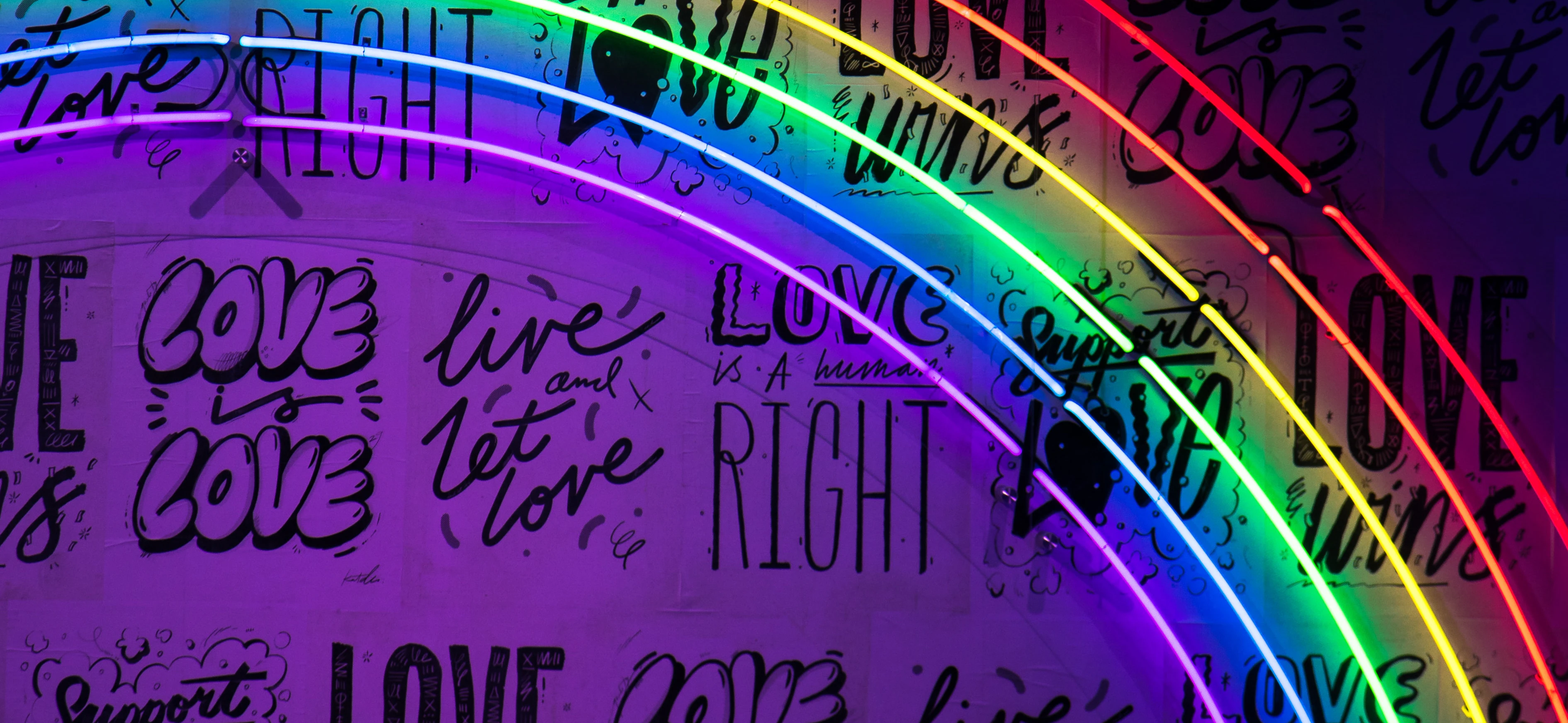Insights29th Jun 2022
Is your rainbow marketing doing more harm than good?
With another Pride month coming to an end in the U.S., it might be time to take stock of your LGBTQ+ marketing efforts and ask yourself a couple of questions: Are you actually doing any good? And could you possibly be doing harm, both to the community you’re celebrating and to your own marketing efforts?
Every year, for 30 days, consumers are treated to a wave of rainbow flags and supportive messaging. For the rest of the year? Not so much. It’s no surprise, then, that a YouGov poll found that only 21% of people see pride activations as a genuine reflection of a brand's values compared to 50% of people who see pride activations solely as a marketing tactic.
But it’s not just that people see this once-a-year onslaught as little more than a marketing tactic. There are entirely too many brands that run pride campaigns while also donating to politicians, platforms, and groups that are behind a wave of proposed anti-LGBTQ legislation. And there’s also an issue with the marketing itself. The rainbow parade of shiny, happy LGBTQ+ people, while well-meaning, is not a reflection of reality. Pride marketing oversimplifies and glosses over a number of issues under the LGBTQ+ umbrella by creating a uniform belief that 100% of our community feels fully accepted by mainstream society.
Consider these sobering statistics:
30% of youth in foster care identify as LGBTQ+ compared to 11% of youth not in foster care.
34% of LGBTQ+ youth report suffering physical violence from their parents because of their sexual orientation and/or gender identity.
80% of first year medical students expressed implicit bias against gay and lesbian people and 50% expressed explicit bias.
54% of LGBTQ+ people feel unable to be open about their sexual orientation or gender identity to their family, while 35% have hidden their orientation at work out of fear of discrimination.
LGBTQ+ identifying youth is 3x more likely to ideate or follow through with suicide attempts compared to their straight counterparts.
Maybe it’s not a brand’s responsibility to fix this. Maybe brands can’t. But companies shouldn’t be cashing in on Pride Month while ignoring reality – and even history.
How many marketers have completely forgotten – or didn’t know in the first place –that Pride Month in the U.S. is meant to commemorate the Stonewall riots, which occurred at the end of June 1969. The riots were in response to constant police harassment in the few available safe spaces to LGBTQ+ folks when the community was constantly marginalized and pushed to the edges of society. It had nothing to do with marketing.
But even pride-related marketing origins were rooted in protest. The first instance of LGBTQ+ community impact in the marketing world was in 1973, when Coors Brewing Company was the subject of a boycott by multiple minority communities. The boycott was initiated by Mexican labor unions to protest the company's antagonistic practices, and was later joined by African Americans labor groups. The LGBTQ+ community entered the fray because Coors used a polygraph test when going through the hiring process and specifically asked an employee about their sexual orientation.
It’s true that 1969 and that Coors campaign might seem like ancient history, and progress has been made over the past decades. Coors itself began extending domestic partnership benefits to its LGBTQ+ employees and advertising in gay media and sponsoring events as long ago as 1995.
But it’s also true that LGBTQ+ people still feel pressure to sanitize themselves. Straight people continually tell the community we are accepted but their actions fail to reflect their words. Sure, you might see gay representation on network TV, but it’s typically a very specific kind of gay. Think sitcom couples, rather than any of a number of our subcultures like the leather or cruising cultures.
LGBTQ+ people have been forced into uncomfortable spaces our entire lives. Too often, our discomfort makes straight people comfortable. So maybe authentic – and effective – pride marketing should make heteronormative people uncomfortable.
When brands activate against underserved audiences, they actually need to be solving problems these communities face. For us, these problems aren't one-offs that are talked about a single month out of the year. Consistency is key to solutions, otherwise it's self-serving content capitalizing on underserved audiences.
Marketers and agencies have to reframe brand safety through the audience’s lens, not the brand manager’s. How the community acts, speaks, and behaves may run counter to traditional brand-safety measures like blocklist keywords. (If the name of the community itself is on your blocklist, you’re doing it wrong.) We have to understand that this is an identity, not just a moment. And we have to realize that scalability shouldn’t be prioritized over effectiveness.
Brands have to understand the true nuances of the underserved communities they’re activating against, not just understand their media habits. For example, white gay men often times have a different set of priorities and experiences than trans folks. This will create differences in values and opinions.
If the brand can’t solve a problem or might have an unfortunate history of not being a position of support, addressing the historical or nuanced context of the community allows for a mutually beneficial experience: The brand gets to learn while the community is elevated through the proper context.
Our collective community of subcultures never asked for a corporate celebration. We simply asked for equitable and ethical treatment the same way straight people do. But realizing that marketers are going to market to specific audiences the best way they know how, they should start by doing it year-round and by doing it right.
